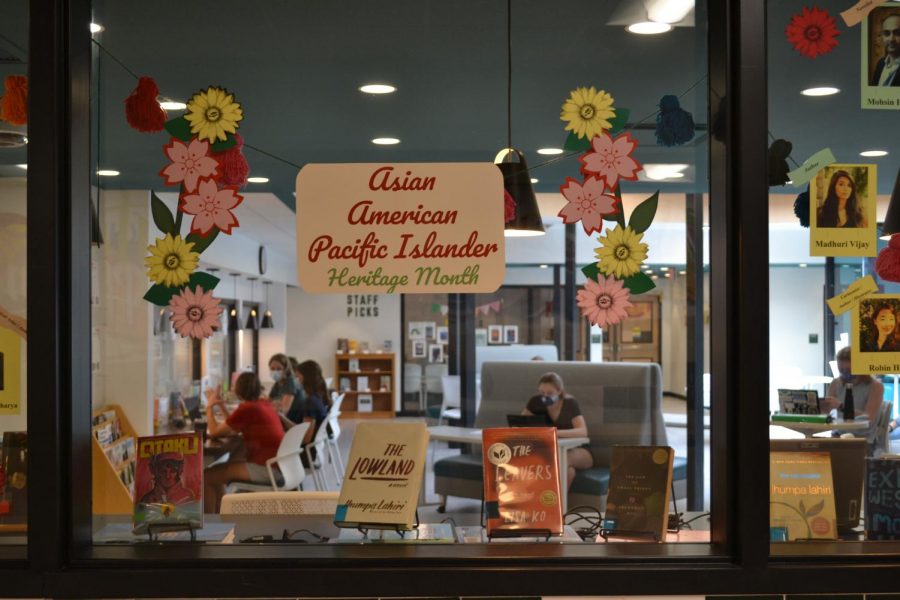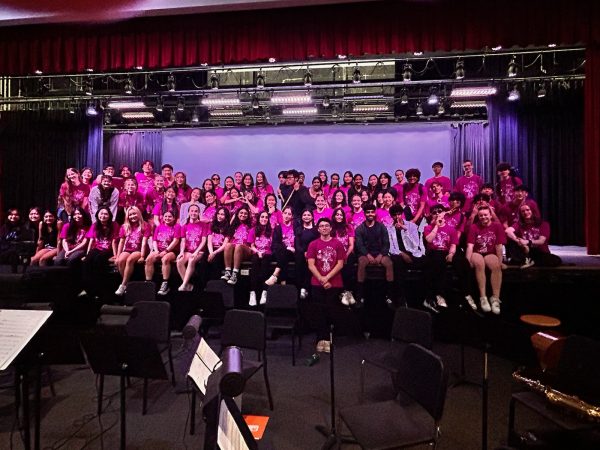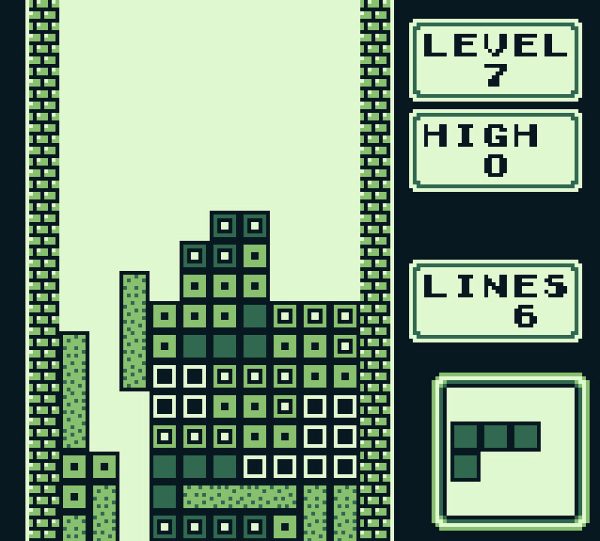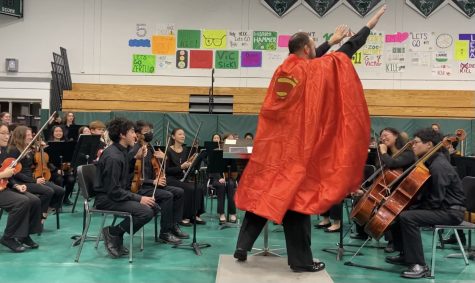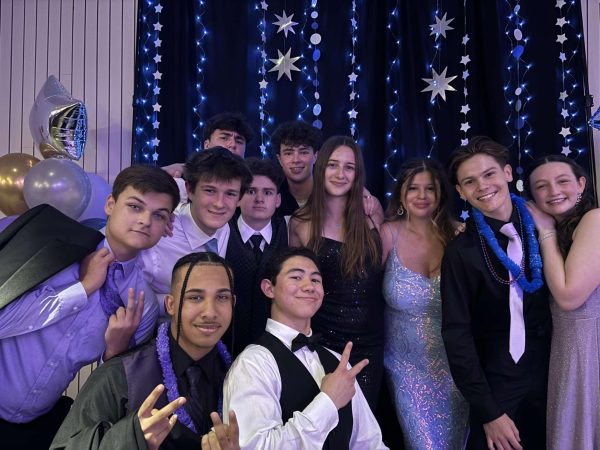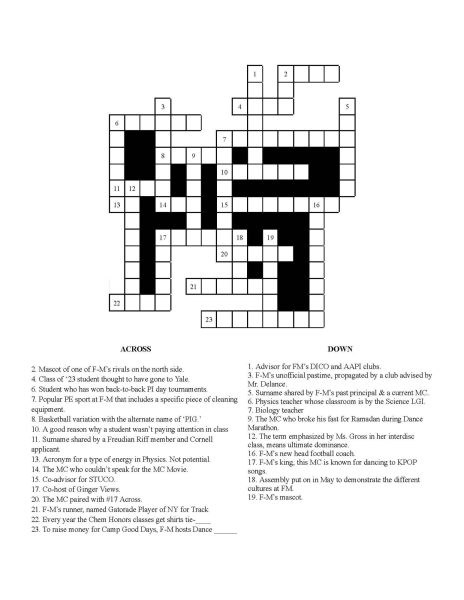Diversifying literature needs to happen now
The LMC window display for Asian American Pacific Islander Heritage Month highlights authors, books, and people connected to the Pacific Islands.
As a sophomore struggling through the ever growing high school workload, taking an English class is a nice break in my day. Not to say that the classes are easy, I just really enjoy escaping to a good book or writing an interesting essay. So I figured that by this point in my high school experience, we might have read some more relatable, modern texts with a wider range of characters and diversity. Instead many of the texts we have read come across as stuffy, old-fashioned, and while they might not all be the same title, they share similar characteristics. They have mostly been written many, many years ago by a white cisgendered male and often include misogynist characters with scenes that might be considered racist today. We discuss some of this context in the classroom, but it is still hard for me to find positive messages or relatable characters in these texts. While these classics are some of the greatest literary achievements of all time and they are important to continue to study, they have not aged well.
In the books that we have read, I see people in the societal majority who are like me–white, heterosexual, cisgender woman. The love stories are tailored to me, the characters look like me, and the storylines include no mention of racial struggles but only white discomfort. Now that’s not to say that being a woman is represented accurately at all, since most female characters need a male counterpart and undertake sexist and stereotypical roles meant only to add romance to a scene. Even so, books like these don’t feel completely out of my ballpark. However, for a person of color, someone who is part of the LGBTQ2+ community, a neurodiverse person, or anyone in an underrepresented minority, a book like this might not sit well. They don’t see themselves like I do, there is no part of them in any of the novels that they read, and they spend countless hours annotating texts that almost erase their existence in society. So the answer seems simple, the curriculum needs to be altered so that books written by diverse people highlighting diverse characters are taught in school. But it turns out that it is not that easy.
According to Jill Anderson, the writer of Hooked on Classics, a Harvard Ed article exploring the push for diverse novels, there are a few bumps along the road. First of all, newer, more modern books are more expensive and books written by authors of color or other minorities are less likely to get published, receive a literary achievement award, and make it into a classroom curriculum. This is obviously the result of some deep rooted bias that the publishing industry has, or maybe America is yet to catch up with the 21st century. However, if a book does happen to make it past those stages, it turns out that there is a lack of education for teachers on how to teach these intense and uncomfortable topics. “Some teachers might think, ‘I want to diversify the literature,’ but don’t know what to do with it,” says Lecturer Vicki Jacobs, C.A.S.’80, Ed.D.’86, a former English teacher who spoke with Anderson on the topic of diversifying literature. So it seems that more education and training for teacher would help, but only if teachers are willing to change up their curriculum and the schools are willing to let them.
Then there is the issue of parents not wanting their children reading these ¨new¨ types of books. The most likely reason is that these parents did not learn these topics in school and were never exposed to stories of people who are not like them. They are scared to send their children out into a world that they are still uncomfortable with. In order for future generations to be able to learn without any parental hesitation, we need to start exposing them to the beauty of diverseness early on. Of course there will always be people who are racist or homophobic and are uncomfortable with stories of people that they are unfamiliar with, but this is how minority students feel every day. The discomfort of a few privileged members of society is worth it if it promotes diversity and encourages a more inclusive learning environment.
Recent studies have shown that reading literature with tough topics and unimaginable circumstances actually alters and improves how our brains work and process information. It also makes us more empathetic and sympathetic people, which allows us to connect more with others and experience humanity to a fuller extent.
The bottom line is that the world around us is changing, so the world within our educational system needs to change with it. We cannot hope for acceptance and diversity in our communities if our children are not exposed to it on a daily basis. We cannot hope for a more inclusive society if the children in our schools feel excluded from their right to a good education. People in minorities need to see themselves positively represented in the media they take in and people in the majority need to do their part to learn and grow from others´ experiences. It is 2021, if we want to start seeing change in the world, we need to start reading change and immersing our students in new, progressive ideas, and all different types of people.
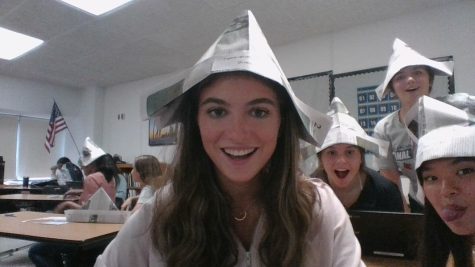
Gisele Fumarola is a senior at FM and has been working with The Buzz for three years. She has been a contributing writer, a Features Editor, and is now...



